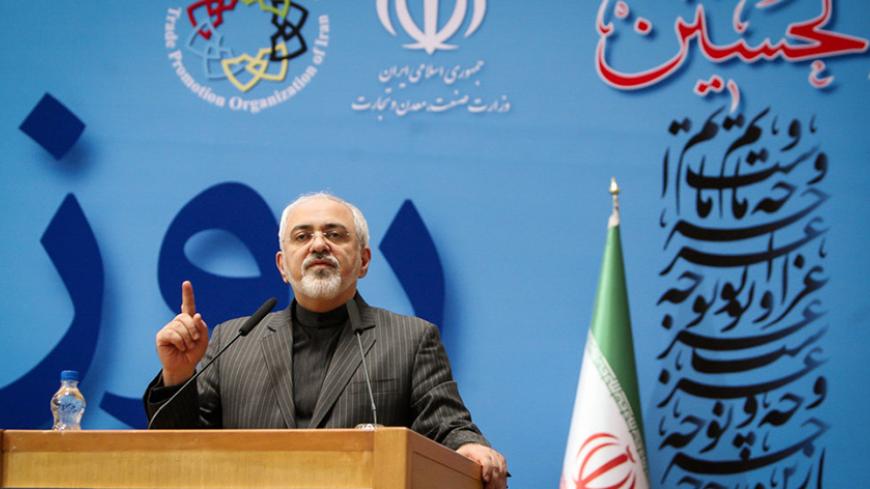TEHRAN, Iran — Supreme Leader Ayatollah Ali Khamenei’s speech at his Aug. 26 meeting with President Hassan Rouhani and the Cabinet signaled a new era for the management of the Iranian economy. This is notable, as economic management under former President Mahmoud Ahmadinejad, who enjoyed the benefit of extravagant oil revenues, led the country into such economic turmoil that today all high-ranking officials speak of the priority of the economy.
From 2006 to 2013, the average oil price climbed above $100 per barrel. This means Iran’s oil revenues for this period totaled above $700 billion. However, the method of spending available resources was such that the country saw a very low economic growth of 2.2% for the years 2006-2013. This, in turn, eventually led to unprecedented stagflation. During this period, the average inflation rate was 20.7%, which climbed above 40% in 2013. Indeed, what happened during the Ahmadinejad administration was that a significant amount of revenues were sold to the Central Bank and the rial equivalent was spent on the government’s expenditures. This made the budget more oil dependent. The Central Bank of Iran sold part of the dollar revenue in the market, and because of this policy, the nominal exchange rate was fixed at around 10,000 rials for every dollar during 2006-2011. During this same period, Iran’s annual inflation rate was on average 16% above the global average, and as a result, Iranian goods gradually lost competitiveness with foreign goods. Thus, there was a flow of imported goods into the Iranian market. Because of the aforementioned policies, many of Iran’s industries were closed down; during 2006-2011, more than 2,500 industrial firms were shuttered and there was a reduction of more than 500,000 workers in the industrial sector. Most important, during this period, the net total of created jobs in Iran was equal to zero. The only main exports, besides crude oil, were condensate as well as oil and gas derivatives, including oil and petrochemical products.



